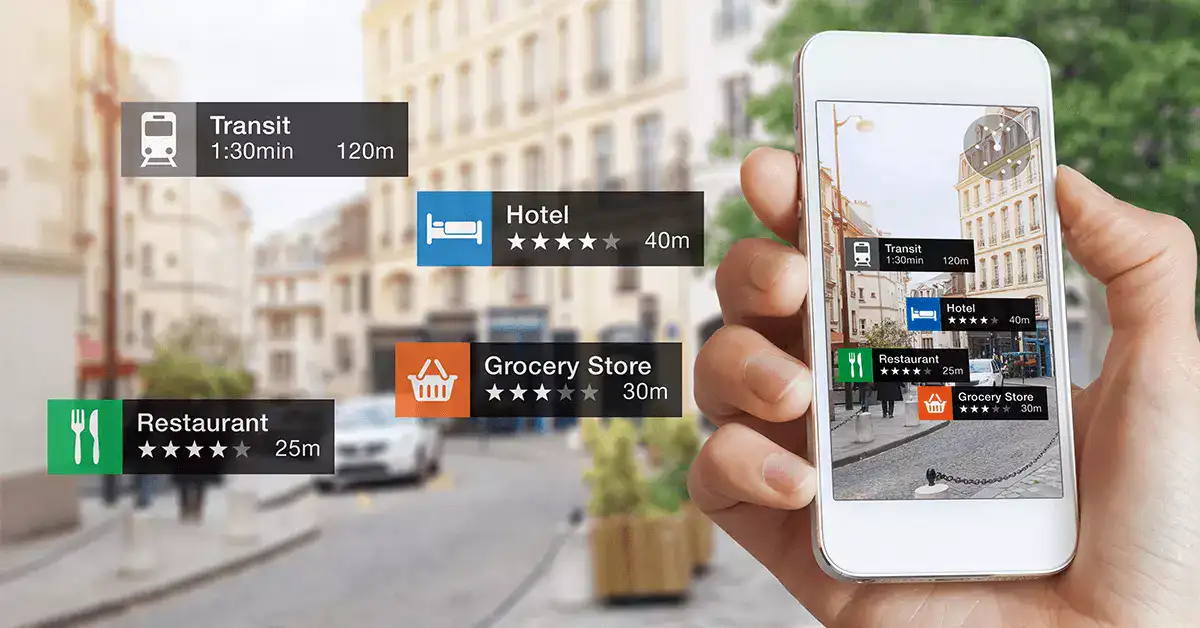As a tourist, you may be curious about what Augmented Reality (AR) could do for you. What, if I say, AR can elevate your tourism experience? As a tourist, you have a passion for travelling and exploring every good destination on the go. You are likely to skip a few fascinating places when you are touring a historic city steeped in culture. This is where an AR mobile application can act as a real-time tour guide. AR apps for the travel domain can enable travelers to explore more through the camera viewfinder functionality. When the camera captures the landscape, the mobile app powered by AR provides trivia about the destination waiting to meet your eyes.

I’ll trace a bit how AR technology evolved. The first Augmented Reality (AR) technology was developed in 1968 at Harvard when computer scientist Ivan Sutherland created an AR head-mounted display system. In the following decades, technical agencies advanced AR for wearables and digital displays. These early systems overlapped virtual information on the physical environment and allowed simulations for aviation, military and industrial purposes.
AR simulated digital products to interact with the real world in real-time, a popular approach to AR in its early 2010s, especially for watches and jewellery. Pokémon Go was the first Augmented Reality Application that had received massive success on it arrival and was a commonly used immersive gaming app by youngsters across the globe.
According to a Statista report, the AR market across the globe is predicted to expand from USD 5.91 billion to USD 198 billion by 2025.
Lately, AR has got popular within the travel industry because it enables hotels and other businesses operating in the travel industry to enhance the physical environments. They are trying to encourage visitors to go & experience, including local sights and hotel rooms. Additionally, one of the keys to AR adoption within the travel industry has been the general change in consumer lifestyles over the last decade. The prospects for AR in the travel industry are vast. AR alters travellers’ perceptions of their physical surroundings and provides supplemental tourism experiences and opportunities for interaction.
Alternatively replacing the real-world elements as VR does, AR overlays digital components over the real world to render a rich and visually fascinating experience of the existing places. The AR has an impact on the travel industry to shape up applications like
- Interactive hotel elements
- Augmented tourist destinations
- Immersive navigation system
- Augmented reality gamification
- City Tours and Guides
- Museums
There is a vast range of potential use cases for AR in the travel industry. AR can unleash new possibilities and experiences in the travel industry.
















































We will verify and publish your comment soon.